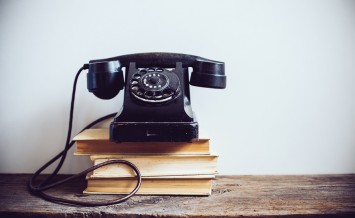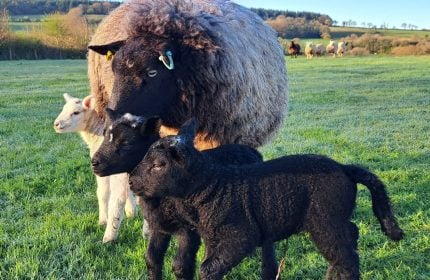Three amazing indoor experiments to keep your grandchildren entertained
How to stop everyone going stir crazy when rain stops outdoor play.
We’re only a few weeks into the school holidays and summer is officially over as forecasters predict a washout.
While parts of the Mediterranean swelter in a heatwave, it’s just typical that Britain should see cold, wet weather while parents are trying desperately to entertain their kids.
If you’re reluctant to pop Frozen in the DVD player for the 50th time, TV science presenter Steve Mould has got some alternative ways to engage young children, in his new book How To Be A Scientist…
It’s my book birthday! Very exciting. UK people get your copy here: https://t.co/WlZW6PnA8z https://t.co/PX5EfTJuOD
— Steve Mould (@MouldS) June 1, 2017
1. Cleaning coins

Clean up your old coins in just three steps
Pull some coins out of your pocket. The ones that appear old have been going through a change that makes them look dull. This kind of change is called a chemical reaction. If you want them to look shiny and new again, you can fight back with a chemical reaction of your own!
1. Use a pencil and a bulldog clip to hang an old coin over a glass.
2. Add fruit juice until half the coin is covered. You can try different fruit juices to see which one works best.
3. After 30 minutes, remove the coins and give them a rinse in water. The bottom half will be a lot cleaner! Remember to get rid of the juice after finishing the experiment.
How do the coins get clean?
When coins start to look old, it’s because the copper metal is reacting with oxygen in the air to form a layer of copper oxide. Fortunately weak acids, like the citric acid in fruit juice, dissolve the copper oxide.
2. Make a rainbow

It’s raining, so you might as well make a rainbow (inside)
Many people say you shouldn’t play with your food, but scientists disagree. Scientists play with all sorts of materials, including food, and make amazing discoveries along the way. Here’s an activity to get you started.
1. Arrange some coloured sweets in a circle on a plate.
2. Pour a thin layer of water onto the plate. Be careful not to bump the plate and move the sweets.
3. Observe how the colours spread towards the middle of the plate.
Why do the colours spread?
Sweets get their colours from food dye, and food dye dissolves in, or mixes into, water. As the water molecules jiggle around, they spread the dye out. This is called diffusion. All of the colours spread out at the same time, forming stripes that look like a rainbow. If you leave the plate long enough, you will see the difference colours start to mix.
3. Make a tornado

If rain’s not bad enough, here’s how to make a tornado…
Great scientists take what they’ve learned about one thing and use it to teach themselves about something else. For example, a scientist who knows about tornadoes can use this knowledge to examine liquid spinning down the drain of a sink, or even a jar of soapy water.
1. Fill a jar with water and a little washing-up liquid. Put the lid on tight. Give the jar a good shake, then let the water settle. You will see a thick layer of bubbles.
2. Hold the jar with one hand on top and one on the bottom. Quickly move the jar round and round in a circular motion to get the liquid spinning inside.
3. Set the jar down on a table. As the bubbles spin, the shape they make will change. What do you see?
How does it work?
Moving the jar in a circle forces the water to the sides, but the walls of the jar keep it in, causing it to spin. Gravity pulls the water down at the same time, so you should end up with a funnel shape.
How To Be A Scientist by Steve Mould is published in hardback by DK, priced £12.99. Available now
The Press Association
Latest posts by The Press Association (see all)
- Beatles documentary Let It Be to be released on Disney+ - April 16, 2024
- How to keep your money safe – as criminals ramp up AI tactics to steal consumer data - April 16, 2024
- Seasoned marathon runners give their best race day tips for first-timers - April 16, 2024
- What are heat pumps and could they help your home save energy? - April 15, 2024
- Trailer for Bridgerton season three teases new friends-to-lovers romance - April 12, 2024





















